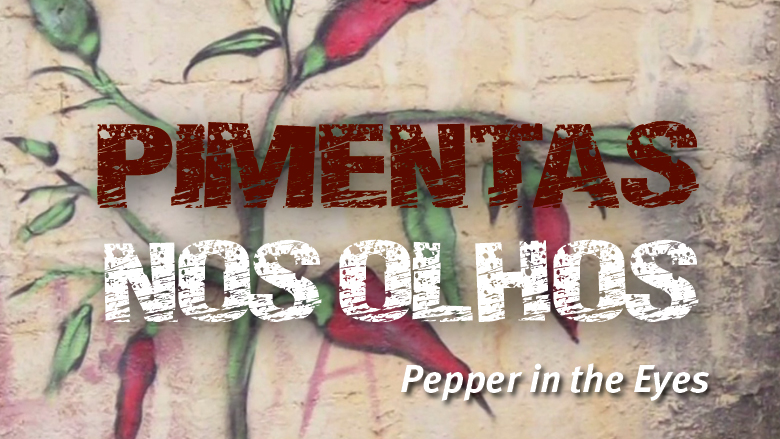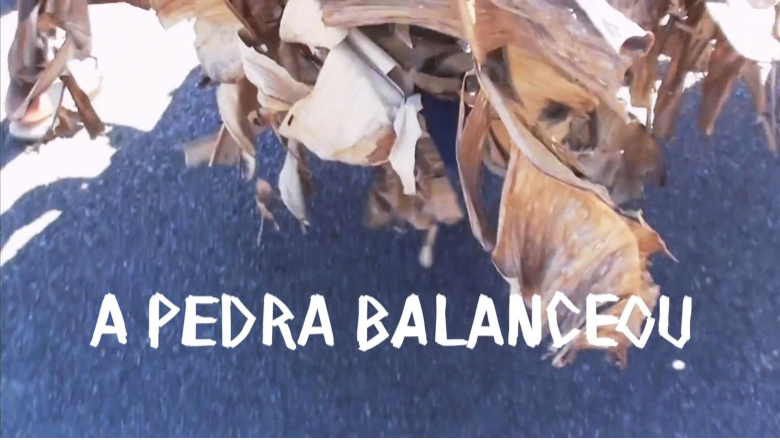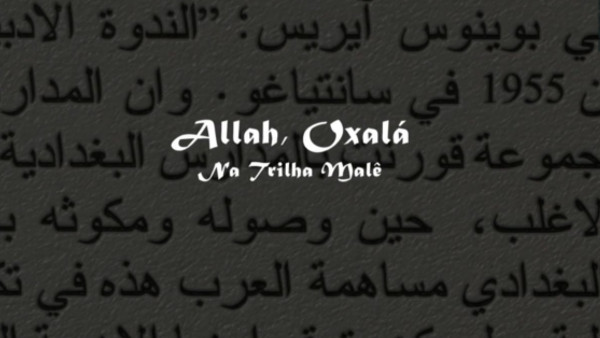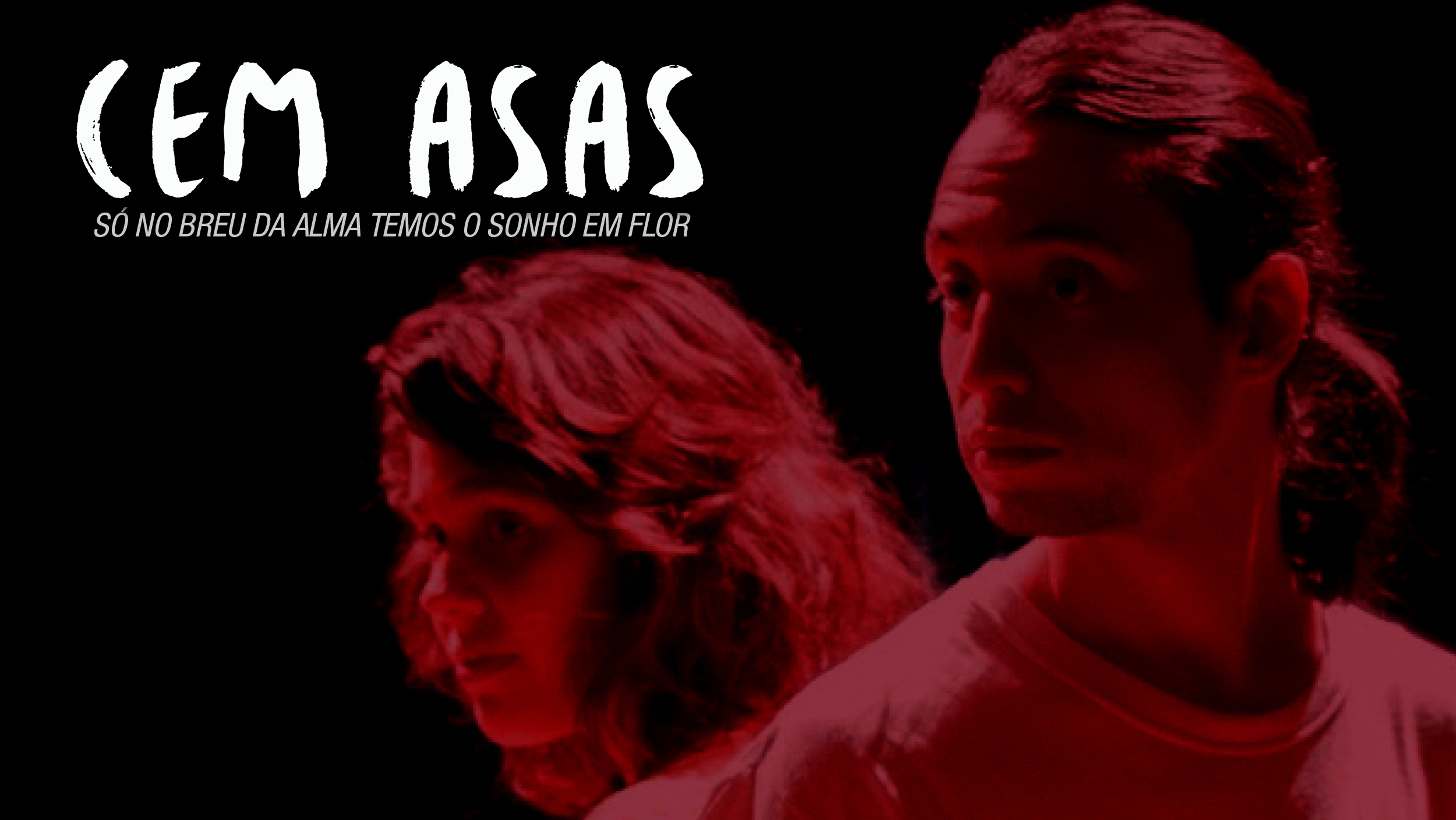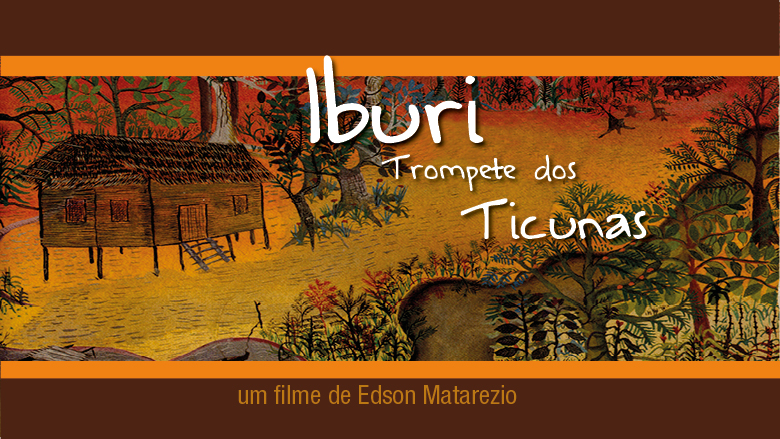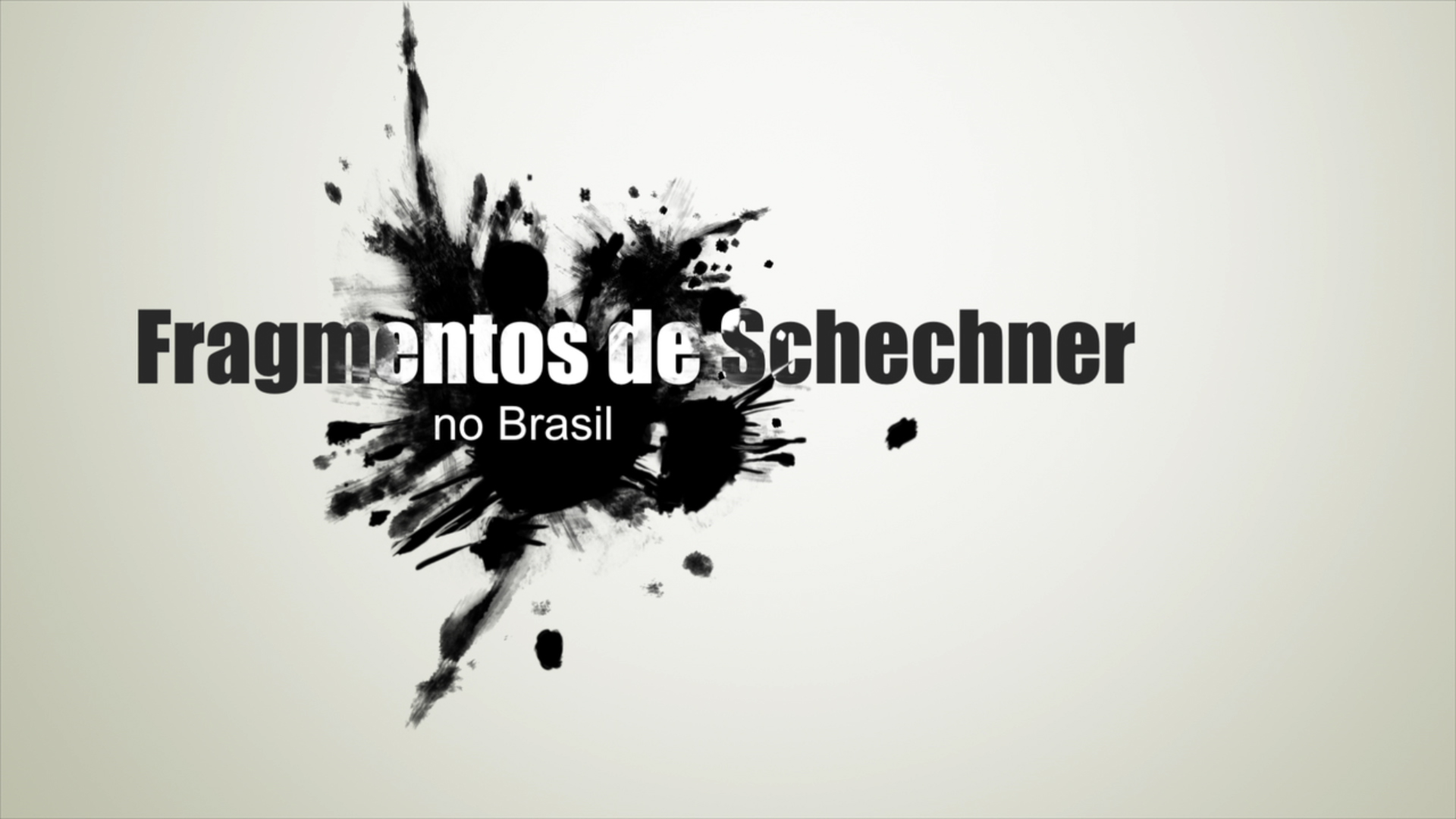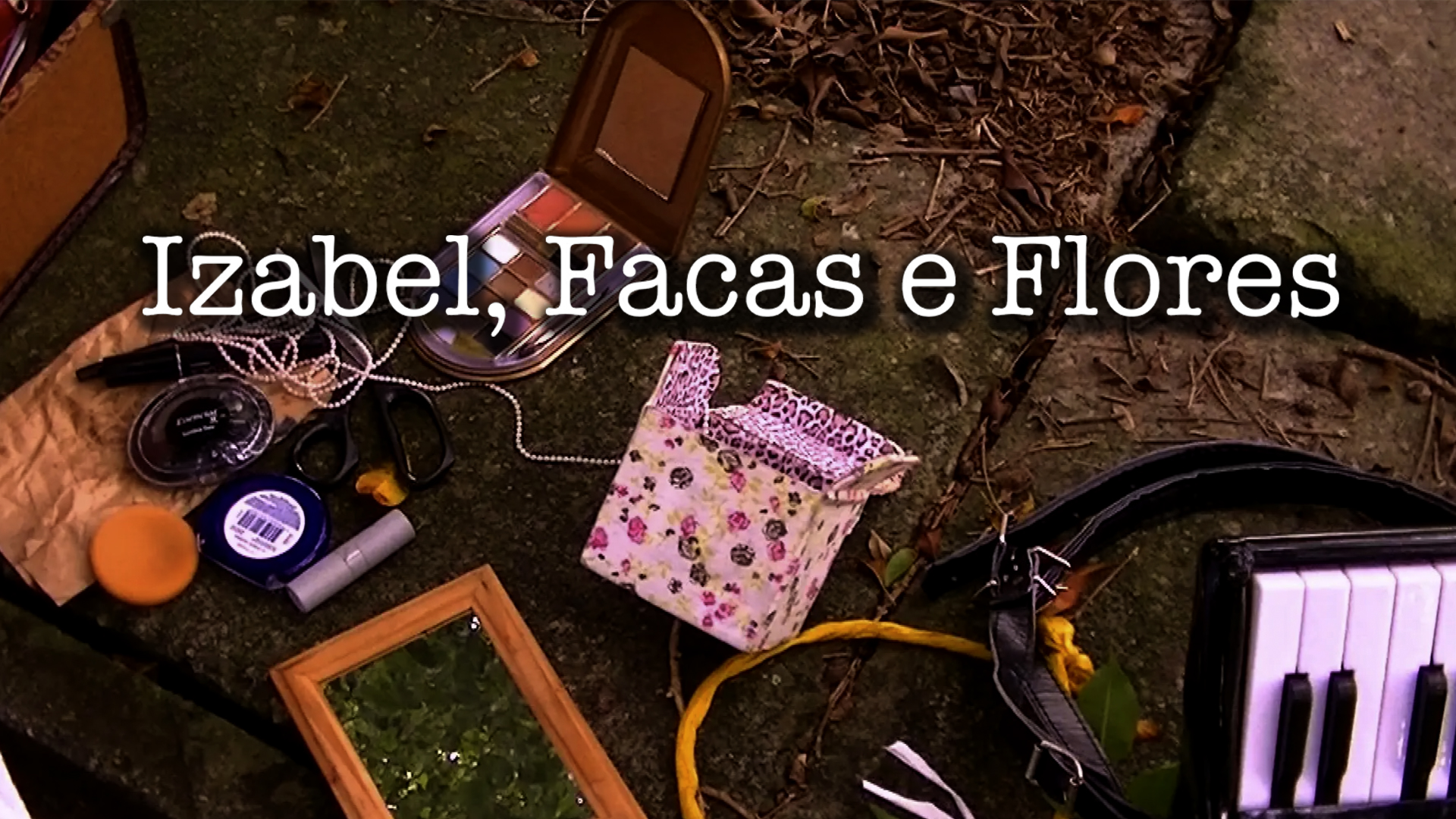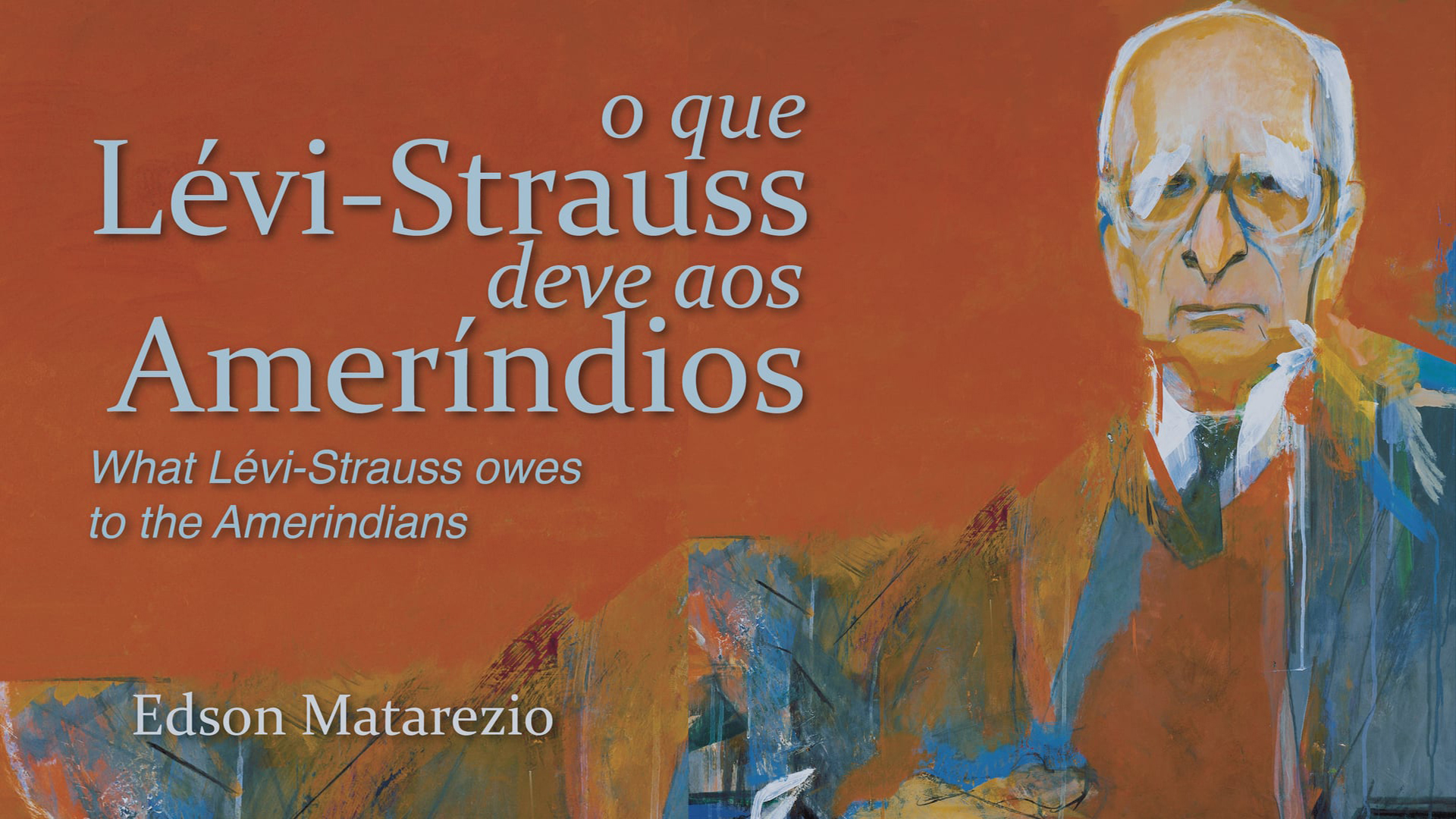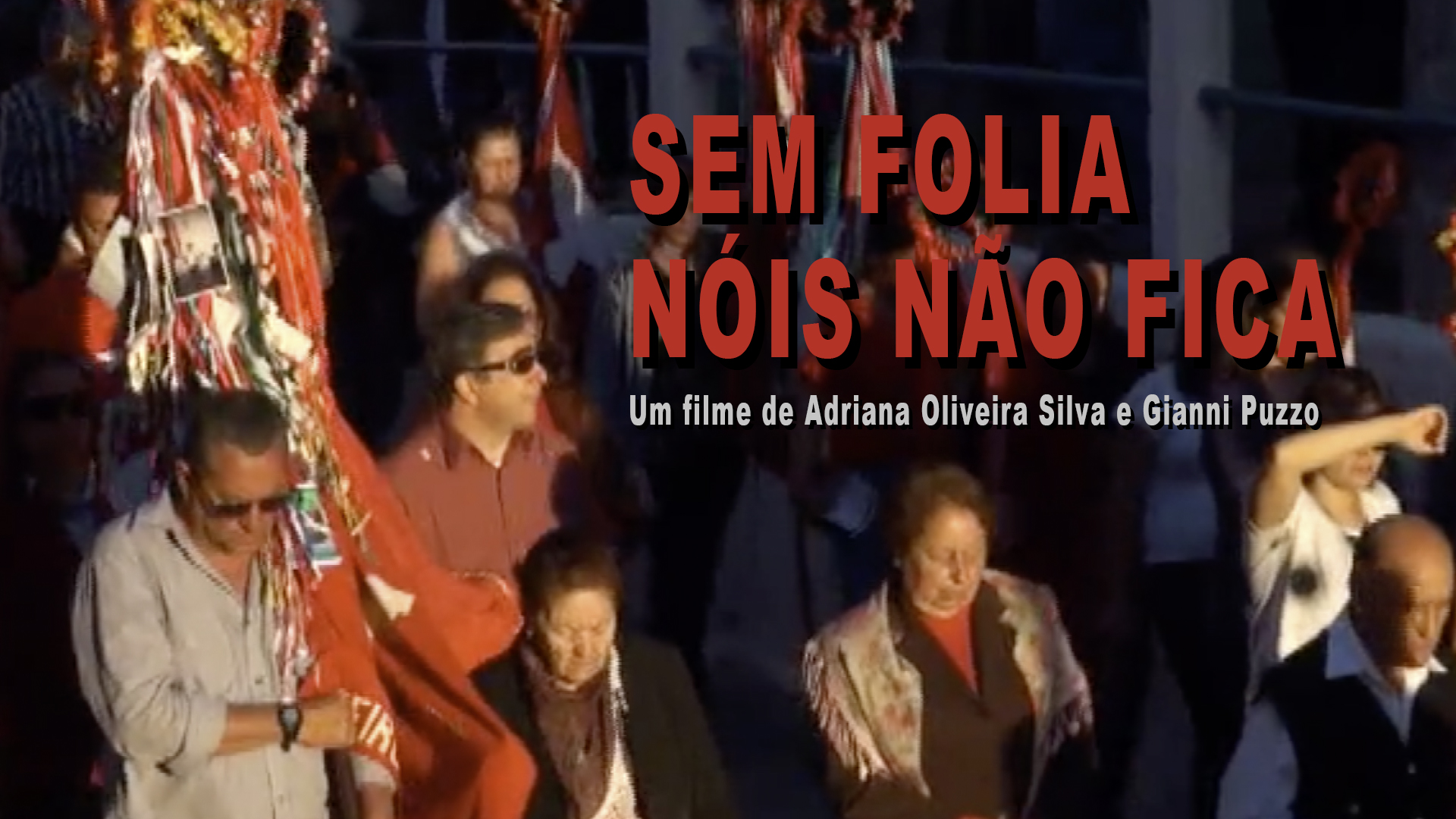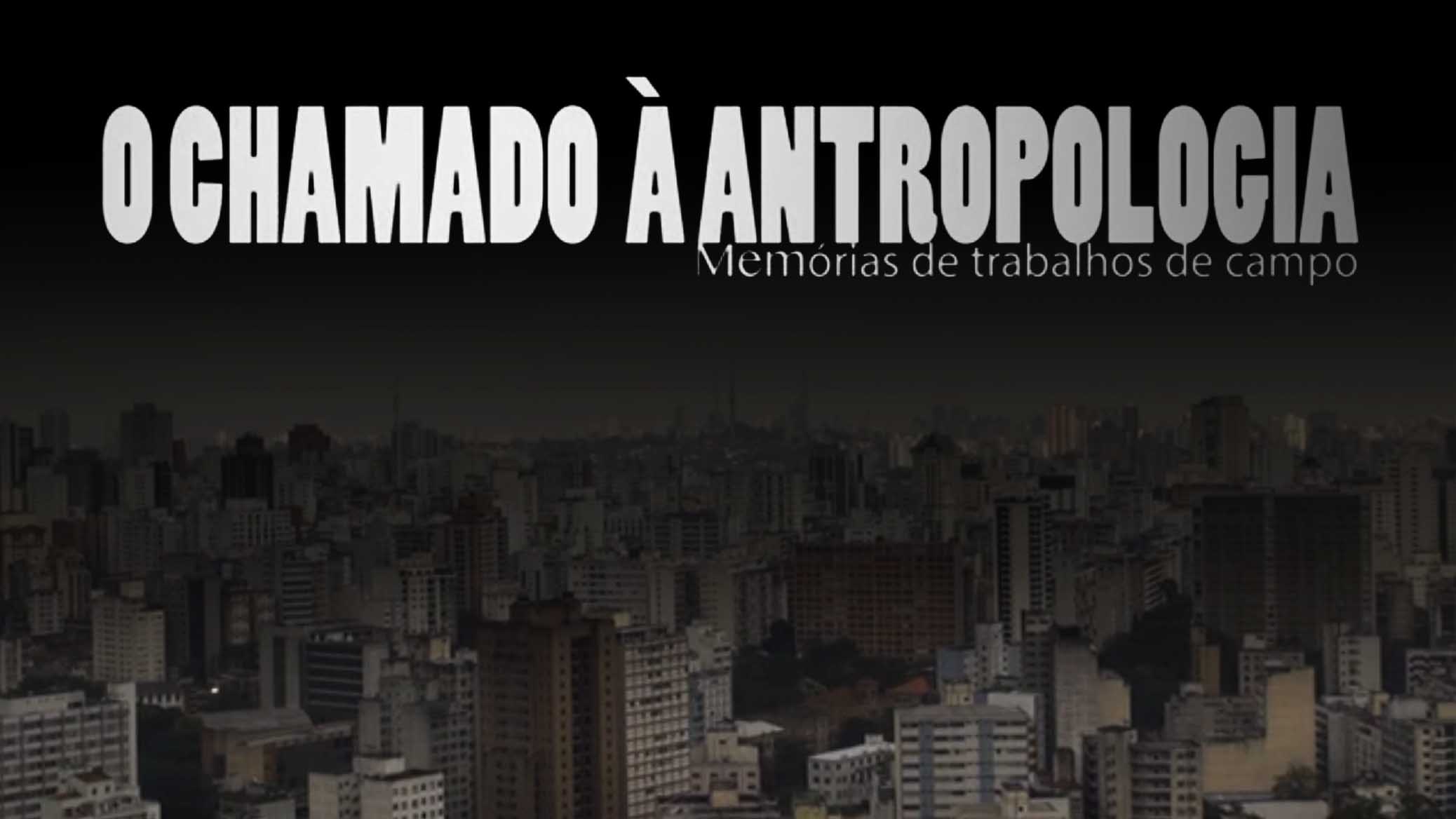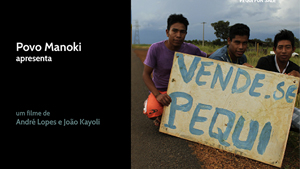Videos
In Campinas, São Paulo, black men and women, with ages between 70 and 90 years, are active in a black cultural movement, that is essentially dedicated to recreating African-Brazilian musical repertoires considered
traditional. Although seen as the most experient people in this musical traditions by the current communities, their youth memories do not directly refer to jongos, samba de bumbo or maracatus, but to gala balls. In a conjuncture marked by segregation, from the 40s to the 60s in São Paulo, these dances, attended mostly by blacks, are revisited in the film, showing their importance for the formation of a black community started in past and continuing into the present.
Peppers in the eyes is a film in which photography, memory, experience and music are interwoven to tell a little of the daily life in a “peripheral” district of the metropolitan region of São Paulo, the District of Peppers in Guarulhos.
Wolf, Ohuaz, Thais and Fabio narrate their relationship with the neighborhood, their stories and dreams. Their narratives dialogue with many landscapes that are formed from the photographs that so many residents performed throughout their lives or produced within the photographic workshops Peppers in Eyes is not refreshment held since 2008 by VISURB - Group of Visual and Urban Research of UNIFESP (Universidade Federal de São Paulo).
The stone has swung explores the exchanges between the popular tradition of Nego Fugido and the performing provocations of agitprop – agitation and propaganda – by theater companies in the metropolis. Transported from its traditional setting in Acupe, Bahia, the Nego Fugido hits the streets of São Paulo revealing a powerful aesthetic force that converges with the militancy of theatrical groups in social movements of our time. Actors dressed in swirling banana-leaf skirts cut through the urban traffic to break out utopias, struggles and tensions.
The Malês Uprising, which took place in 1835, significantly marks the Afro-Islamic universe. Literate blacks, who did not accept being subordinate to slaveholders. In Islam, slavery is prohibited, as man must serve only God. In this documentary, the aesthetic and narrative expressions between the holy people and Muslims intersect, bringing other versions that make us enter other stories, that are not only the "official", but also those that are told to us through myths and that enrich this magical universe that permeates the lives of Malês/Muslims.
Cem Asas tells the story of a man trapped in a psychiatric hospital, who decides to escape to prevent his beloved from making a pact with the God of Madness.
Throughout this escape attempt, the character encounters challenges that go beyond rational logic.
This documentary records the process of building and running the trumpet Iburi, a Ticuna Indians instrument that is played during the ‘Festival of New Girl’, the female initiation ritual of the Ticunas. The girl who menstruated for the first time will be primed recluse until her Party, which in the end will liberate her from seclusion. Behind the place of imprisonment will be the tools that will counsel the girl. The¬se instruments can not be seen by women, children and especially the girl being initiated. Parallel to the construction of Iburi, the film shows the story of To’oena, “the first new girl” who, in time of myth, broke the taboo and paid with her life.
Fragments of Richard Schechner's talks, lectures and seminars in Brazil during his visit in the mid of 2012. The author and researcher reflected about the contemporary conditons of intelectual and artistic production at a seminar in the Anthropology Department of FFLCH/ University of São Paulo. He talked about some of his concepts between the field of theater and the anthropology in a fecund dialog with the Núcleo de Antropologia, Performance e Drama - NAPEDRA, coordenated by Professor John Dawsey, and also he danced with the Núcleo de Artes Afro-Brasileiras.
Video class directed to the young public on doctoral thesis awarded in 2014 with the Capes Prize for Thesis in Anthropology and Archeology and with the Grand Prize “Sérgio Buarque de Holanda” for Thesis in the large area of Human Sciences, Linguistics, Letters and Arts, Applied and Multidisciplinary Social Sciences (Education).
The artist Izabel Lima travels the peripheral neighborhoods of São Paulo to present her itinerant show, taking a suitcase and her accordion with her. On this trip, the artist reveals to us the world of cultural production in the periphery, but, above all, the sense of being an artist and a woman in the “quebrada”.
Through interviews with leading experts in the work of the French Master of Anthropology - including some of his former students - this film intends to show how some fundamental concepts of Levi-Straussian Structuralism has its roots in the world of the indigenous people as well as in the Western thought. Less than collect a debt, it is a tribute to the greatest anthropologist of all time. Levi-Strauss made the discipline less anthropocentric, while showed us ethical principles from people made up of its relations to the world. Levi-Strauss was the one who best revealed the sophistication of the “savage mind”, putting it in dialogue with the most elaborate philosophy and Western science.
For almost a year, depending on the negotiation between priest, party-goer and reveler, five men go on a journey as emissaries of Divino Espírito Santo. They travel through the rural and urban area in the vicinity of São Luiz do Paraitinga and Lagoinha, to Taubaté, on one side, and Cunha, on the other, singing from house to house to bless and ask for gifts for the great party in celebration of the Divino in the city , at the time of Pentecost. Perhaps the Folia giro is the most significant part of the celebration of the Divino. It is significant in time: it acts before, after and during the Festa do Divino, passing through the whole year and not just in the nine days of the feast; it is significant in space: it covers the urban and rural areas, including everyone; it is significant in its nature: it brings together sacred and profane, infecting daily life with divinity in the lively landings of the Divino in rural neighborhoods and in the urban peripheries of the Paraíba Valley. In this video, the singing of Folia do Divino is being stitched together with the life of Seu Vicentinho and Dona Terezinha. He, master of revelry of the Divino, she, devotee of the Divino, each in their own way, they share the experience at the same time everyday and miraculous that faith in the Divino provides them.
As a result of the doctoral research “Vestiges of the sacred: an ethnography of forms and silences”, the film makes a “pilgrimage” with the intention of locating the old blessed women in Juazeiro do Norte - CE and understanding the tensions between the penitential devotion of these ladies and the vicissitudes of the contemporary world. As an ethnographic device, the documentary portrays the process of elaborating a body of blessed by sculptors from Juazeiro do Norte. His works reveal the subtleties that constitute the penitential identity of a woman's body, defined by an ambiguity, whose form conjures in the same support the attributes of a saint and a woman of the world.
Documentary video that presents, in the voice of former students of Professor José Guilherme Magnani, from the Department of Anthropology at the University of São Paulo, field experiences carried out during the graduation in Social Sciences at USP. In order to record and constitute a memory of these experiences, one of the hallmarks of the Center for Urban Anthropology (NAU), four interviews were conducted with researchers who participated in courses taught by Magnani: Renato Sztutman (Professor in the Department of Anthropology at USP), Melissa de Mattos Pimenta (Professor at the Department of Sociology at the Federal University of Rio Grande do Sul), Ricardo Mariano (Professor at the Department of Sociology at USP) and Márcia Gobbe (Professor at the Faculty of Education at USP) .The interviews show how the first works contributed to the construction of the academic careers of these researchers.The video is part of the Project NAU Collection - USP Memory.
Poetry above all deals with the relationship that poetry establishes with the city (spaces, soirees) and with writers and readers. Poetry is the film’s main character, which interacts and reacts, which may be exposed or overlapped by everyday walls, but following its own path adapting to time, space and new tastes and desires.
The Manoki people lives in northwestern Mato Grosso, Brazil and one of their main economic activities is the selling of pequi on highways which cross their lands. During a video workshop, the youngsters decide to present aspects of their villages and the process of gathering and selling of this fruit to the outside world. Incited by the possibility of filming and starring their own film, they search out for the village elders in attempt to find any myths about pequi. The making of this film was a process shared between indigenous and non-indigenous videomakers: from the main concept and filming to the editing and post-production. All images were recorded by the Manoki videomakers.



